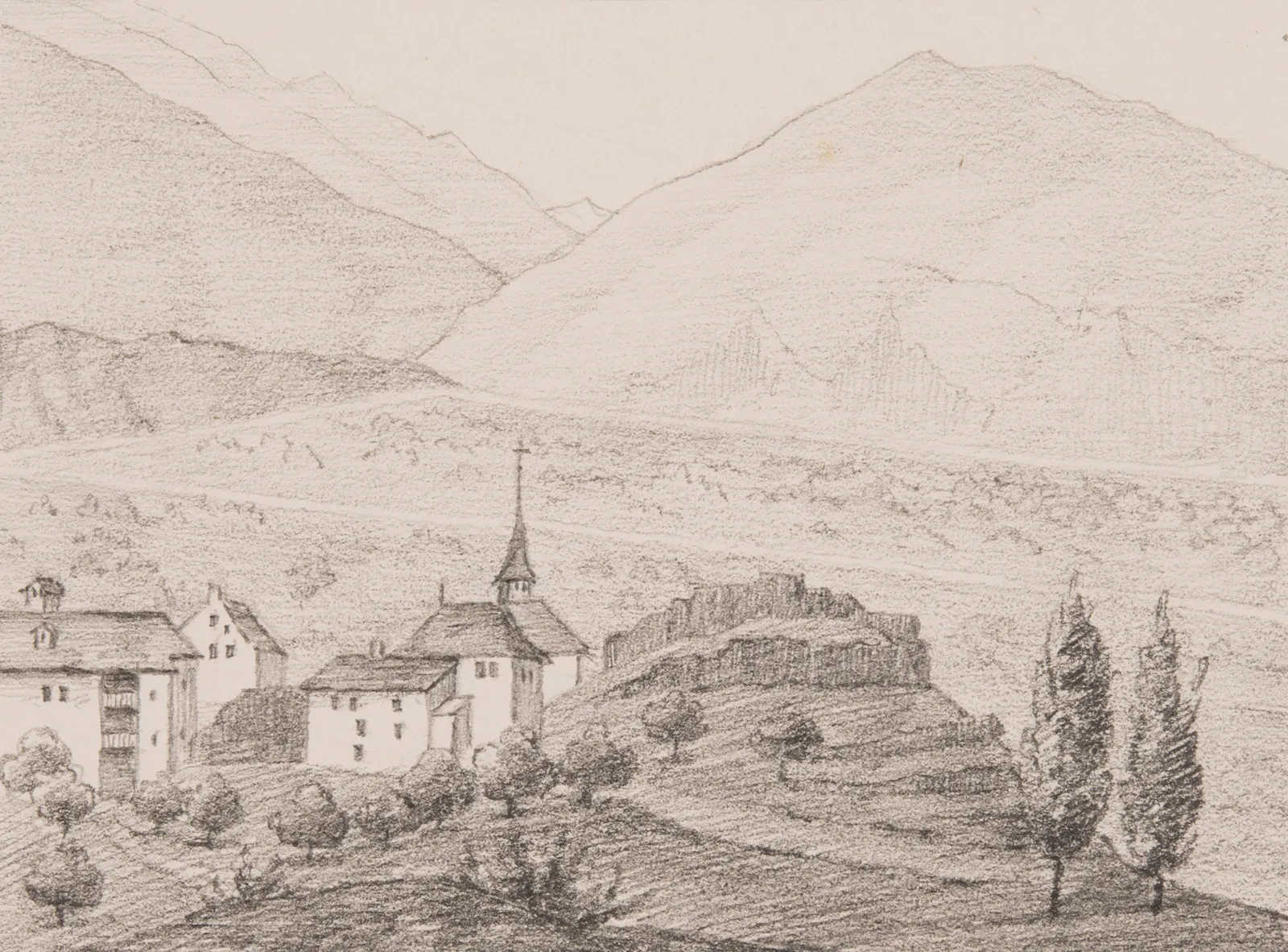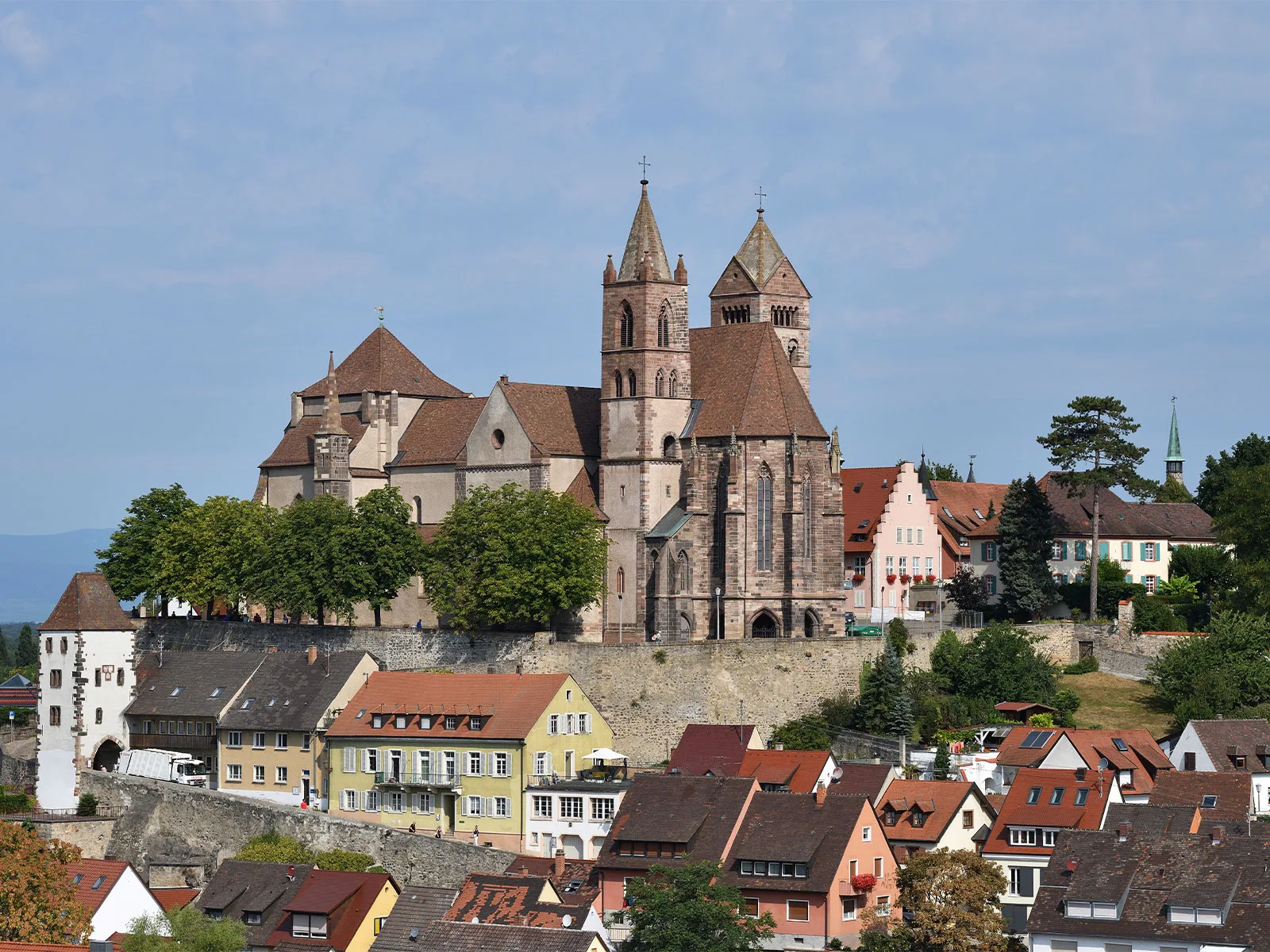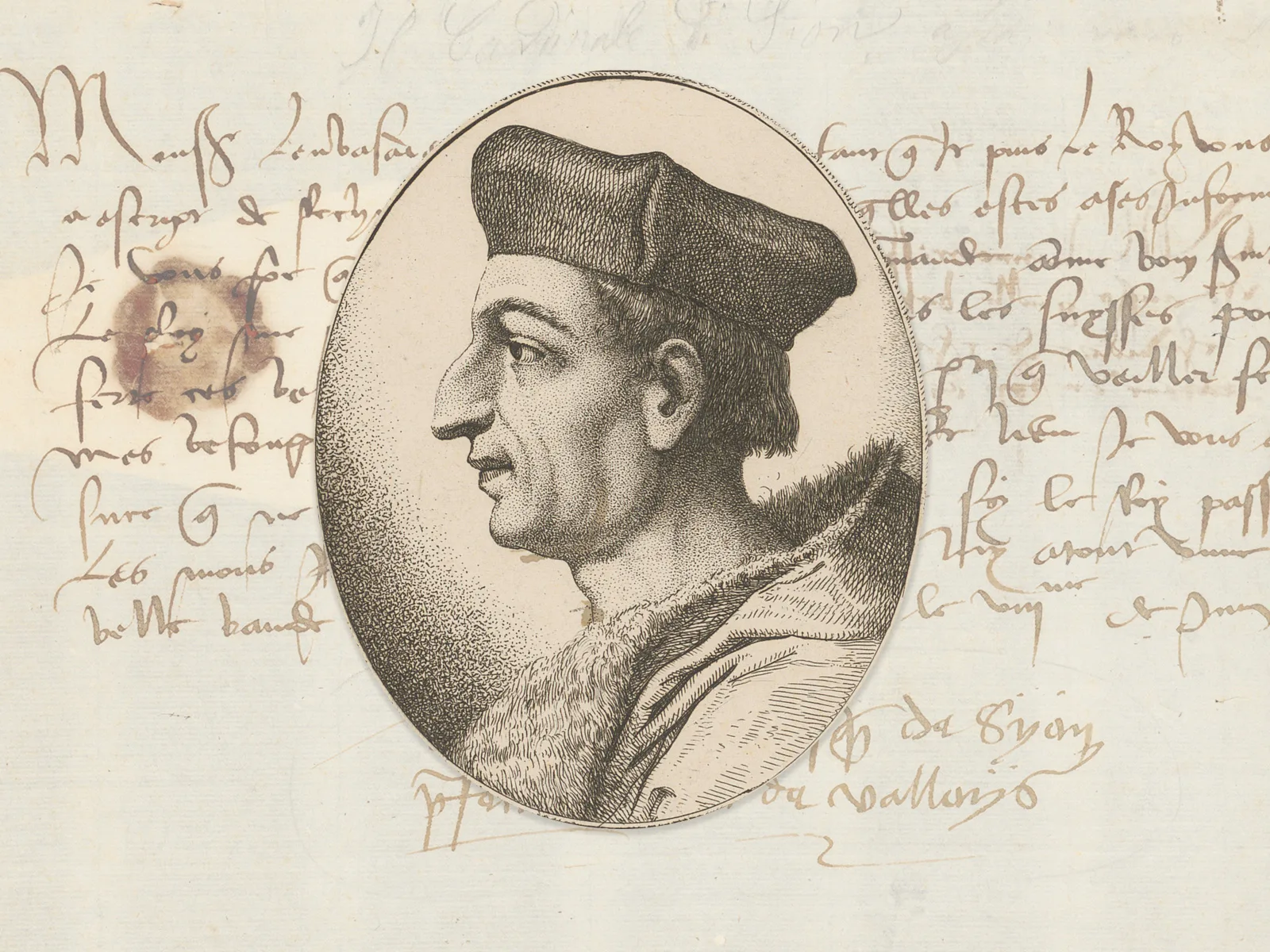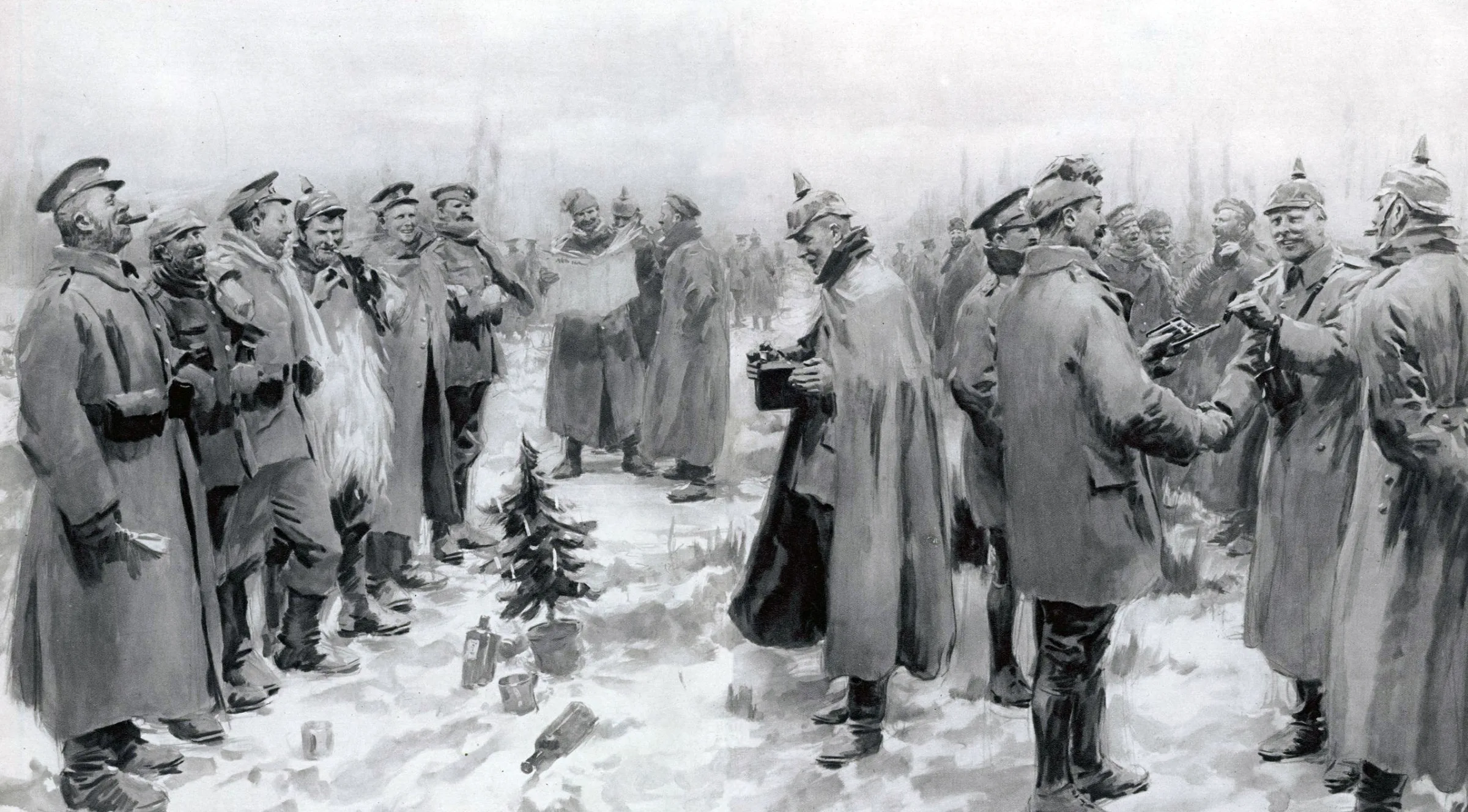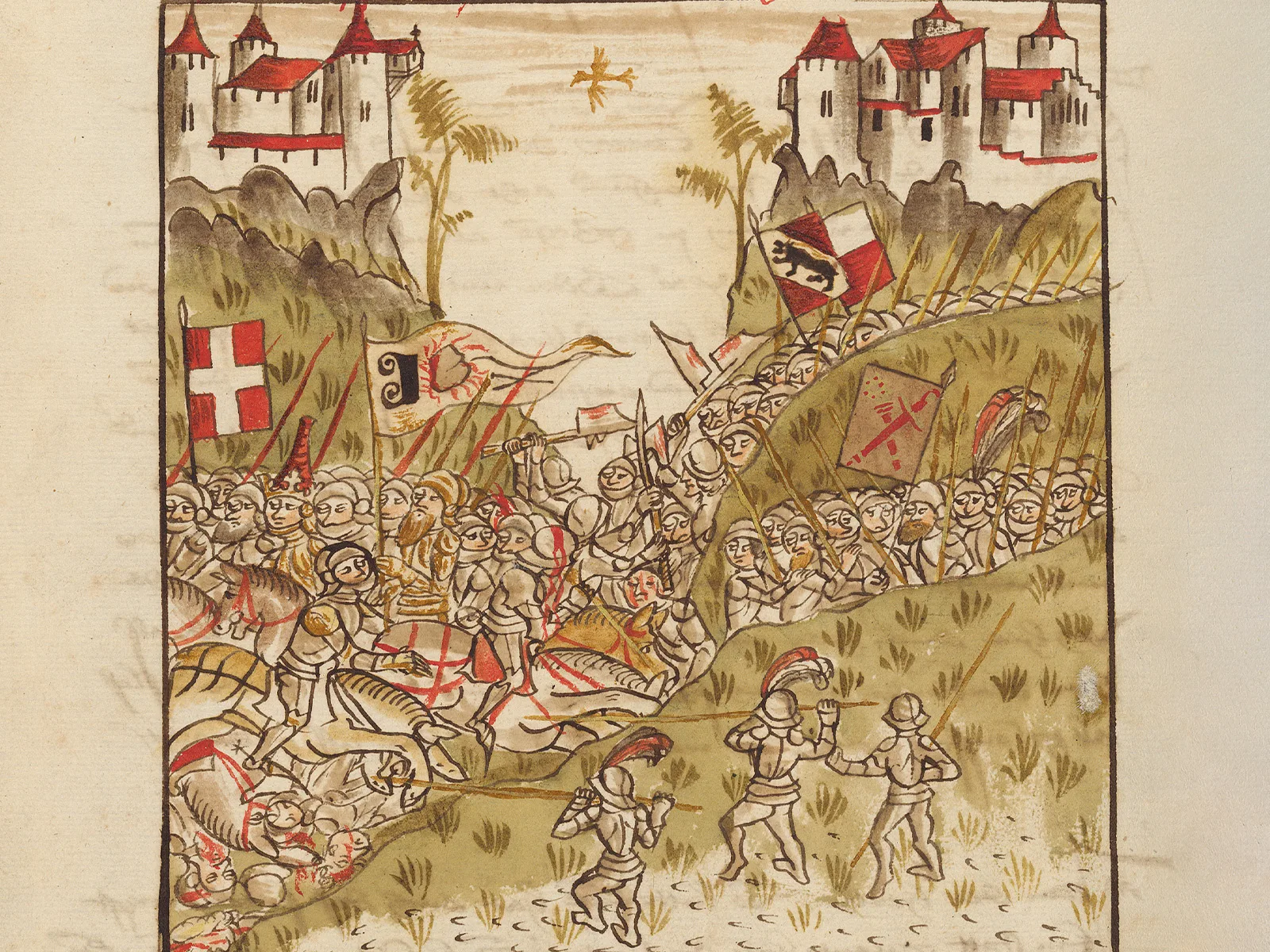
The Battle on the Planta
The Valaisans and their Swiss allies defeated a powerful Savoyard army on November 13, 1475 just beyond the gates of Sion. Though little-known outside of Valais today, the Battle on the Planta was of resounding importance to Valais, Savoy, the Old Swiss Confederation, and Burgundy. Had the Valaisans and their Swiss allies lost the battle, Valais and the Confederation would have found themselves at the mercy of Savoy and Burgundy at the height of the Burgundian Wars.
By the end of the Middle Ages, Valais was the locus of ever-shifting competition between various factions. The younger sons of feudal nobles from Savoy and Valais had typically filled the role of Bishop of Sion, and so conflict between the bishops and Valaisan elites was commonplace. However, from the 1420s onwards, a noticeable shift in power emerged. The Seven Zenden of Upper Valais – Goms, Brig, Visp, Raron, Leuk, Siders, and Sion – took the upper hand, gaining political rights and consolidating their executive powers over the bishops of Sion. The erosion of the old feudal privileges was so extreme that Bishop William IV of Raron even had to relinquish civil and criminal jurisdiction to the Seven Zenden through the Treaty of Naters in 1446. Successive bishops of Sion not only quarreled with the senior leaders of the Seven Zenden, but also with the duchy of Savoy over spiritual and temporal authority in Lower Valais. Sion’s bishops coveted the old, lost episcopal possessions in Conthey and all rights to St. Théodule. Moreover, Valaisan treaties with Savoy in 1384 and 1392 divided Valais and the diocese of Sion in half, which created an eternal source of animosity and mutual distrust.
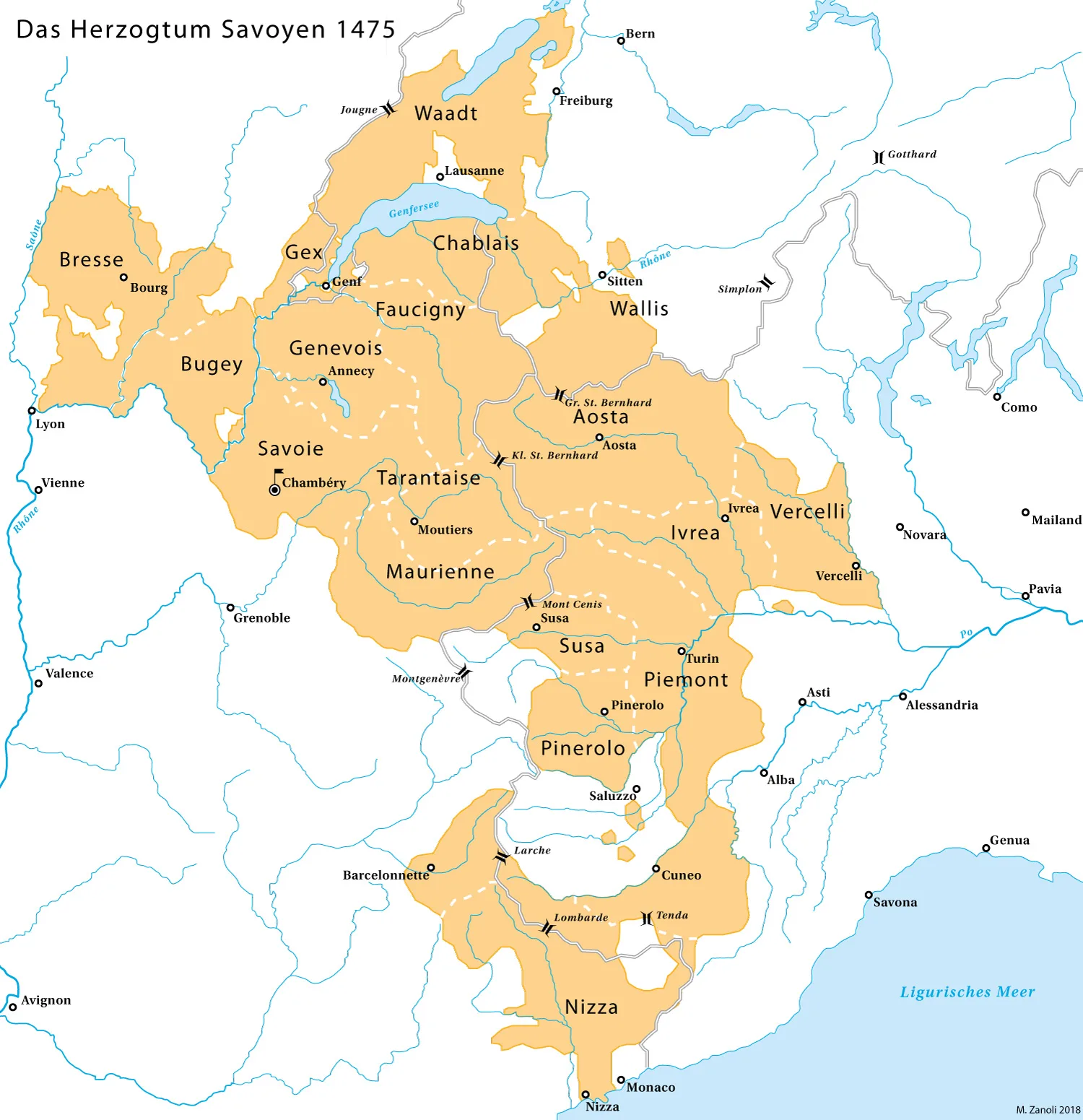
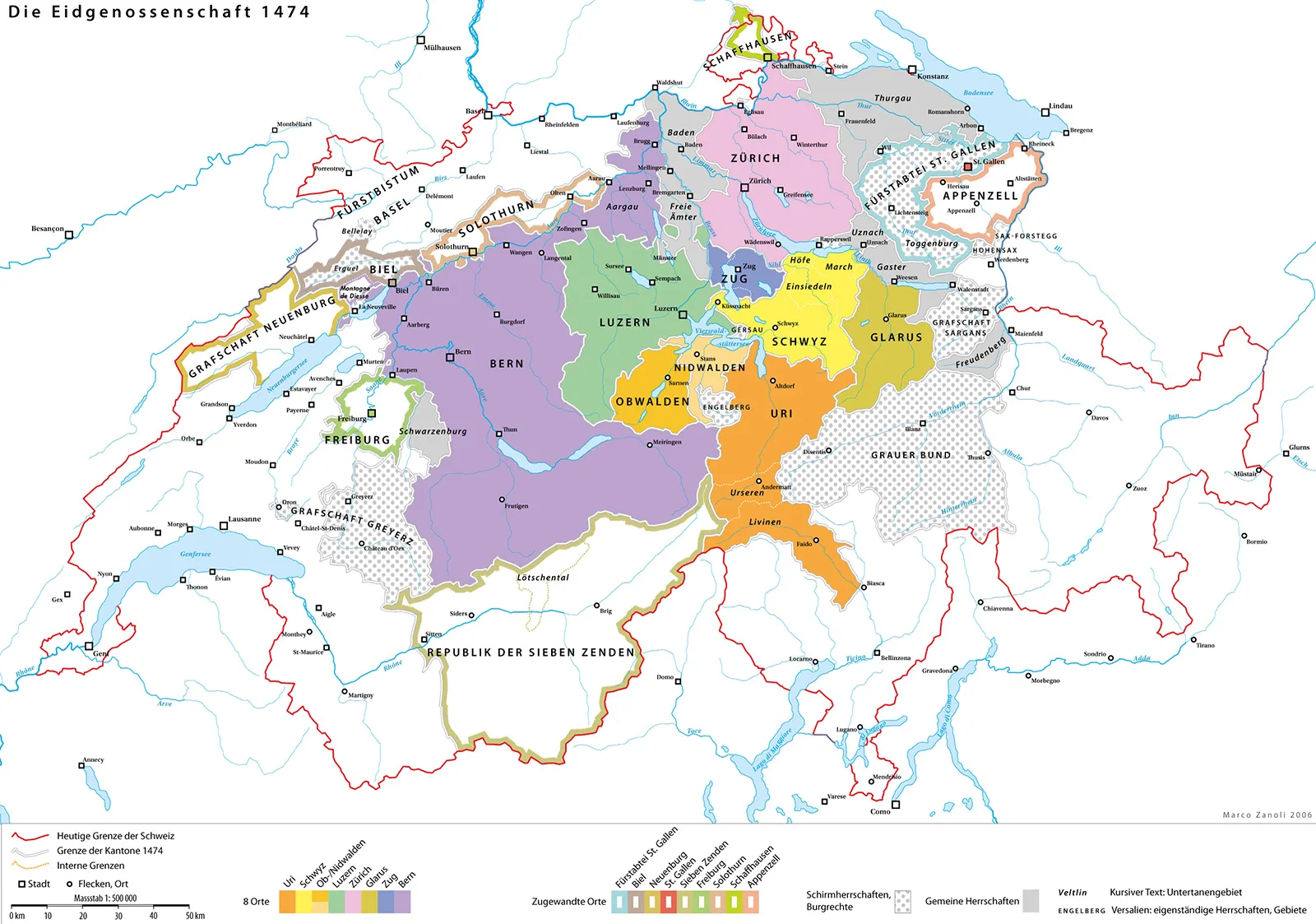
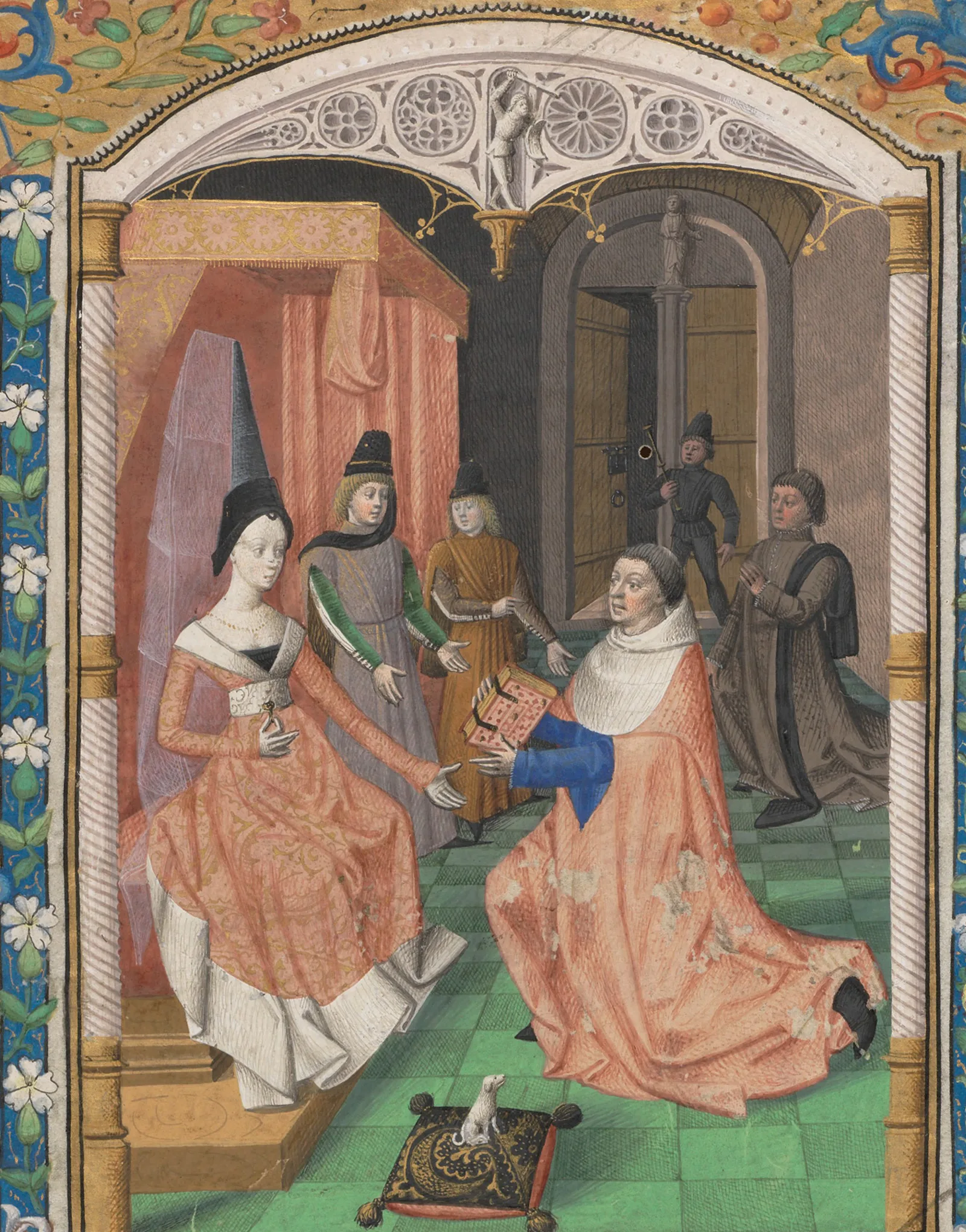
International Tensions Boil Over

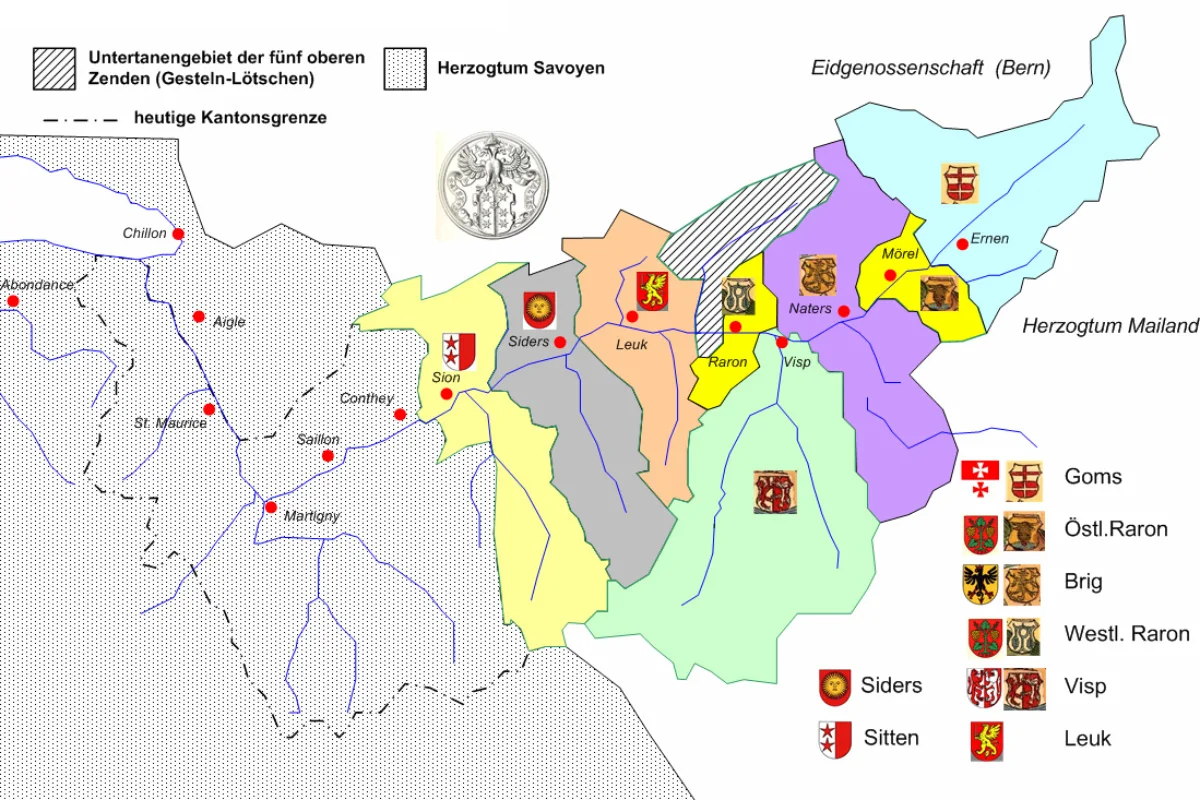
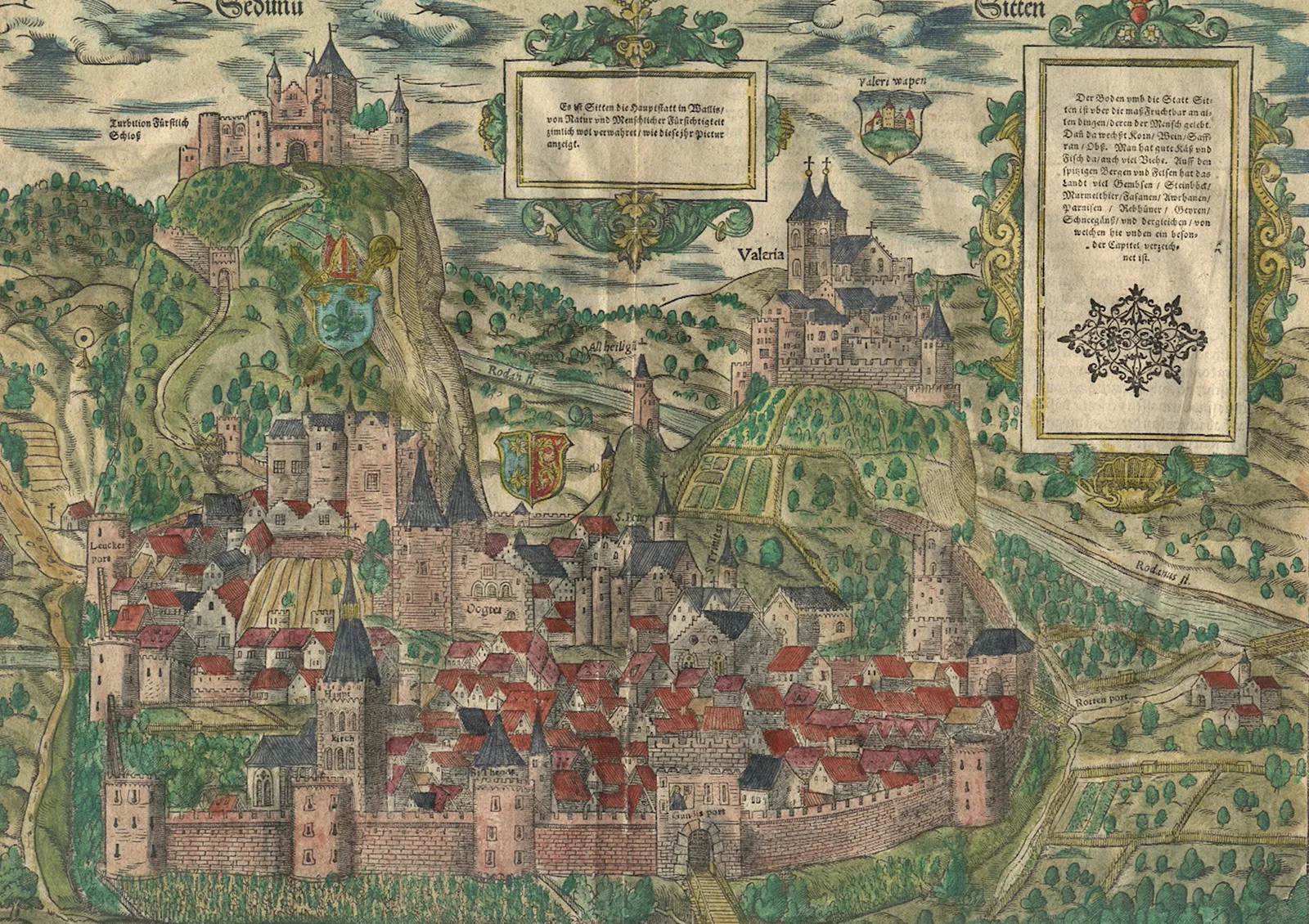
The Battle on the Planta
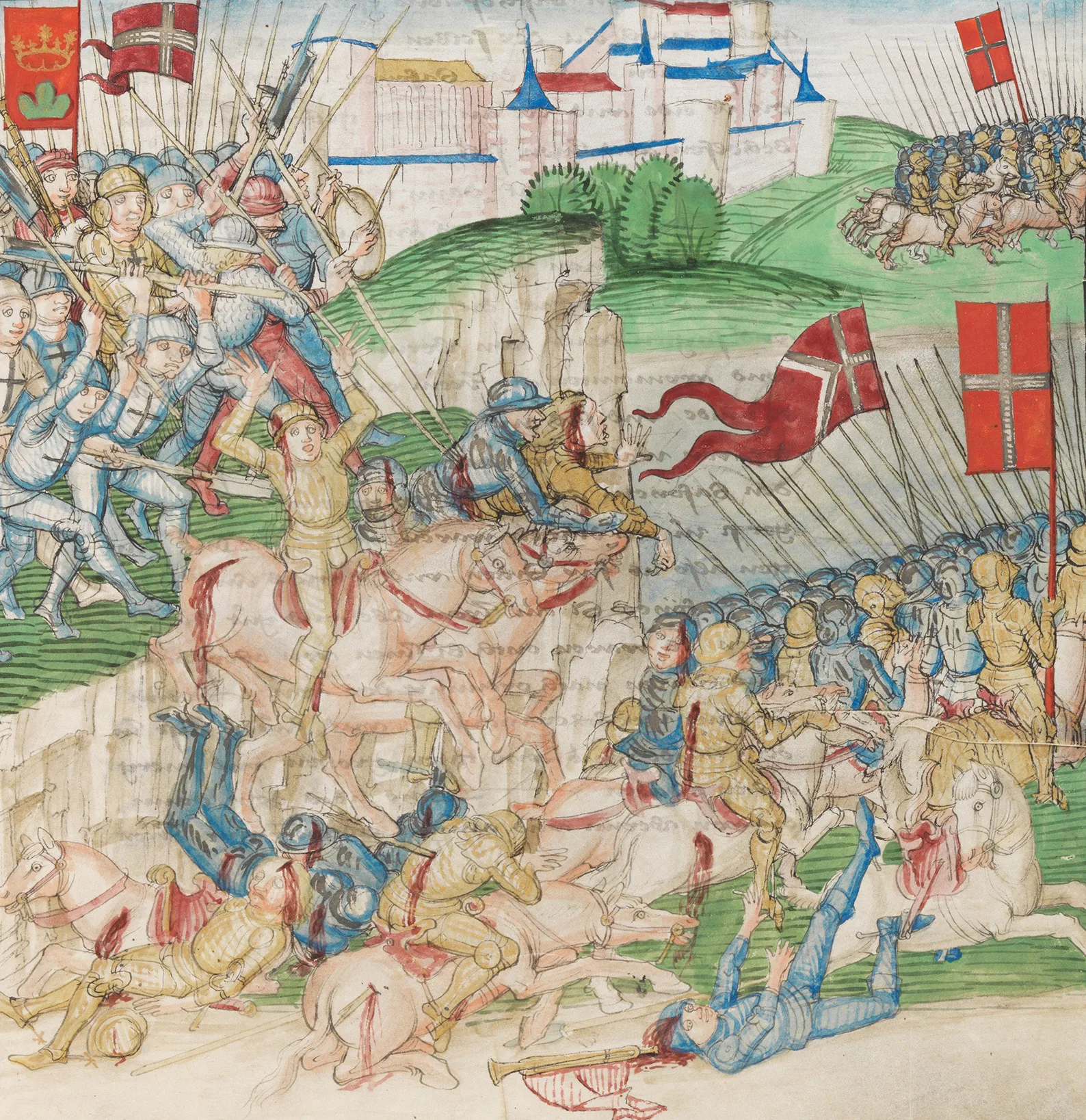
…know that we will not forget it. We announce this to you in the hope that you will rejoice greatly with us in our good fortune as we do with you.
